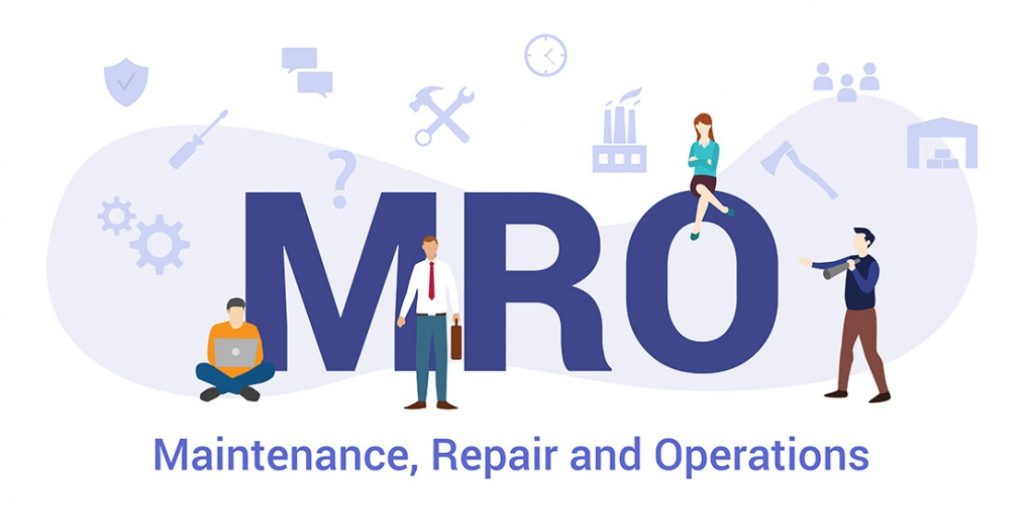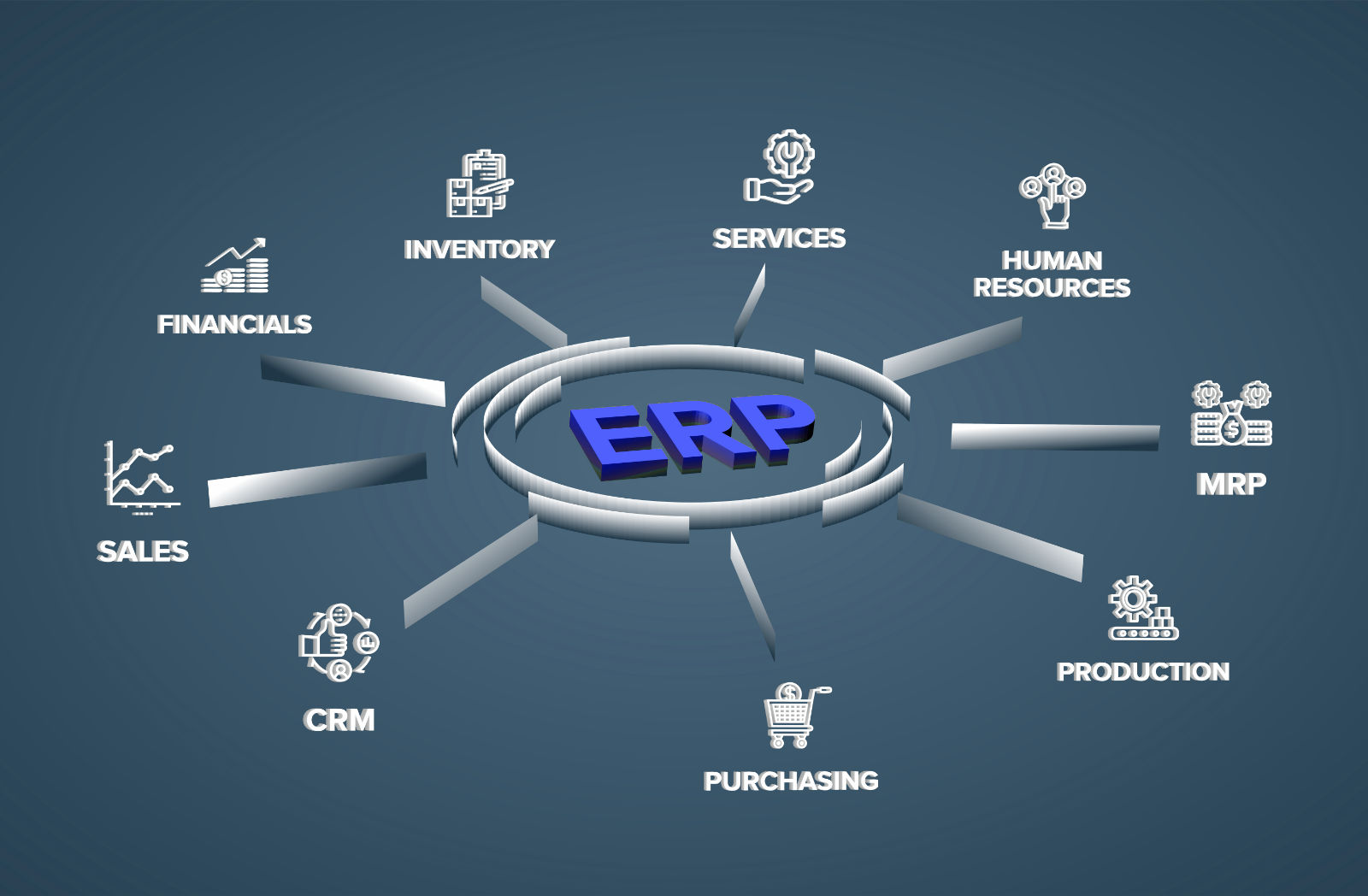MRO is an abbreviation commonly used in the aerospace industry. Plant maintenance encompasses many tasks, from routine cleaning to fixing significant problems with the building itself, its internal systems, and the machinery and tools that generate the plant’s principal product.
What does MRO Stand for?

MRO is shorthand for “maintenance, repair, and operation” and typically refers to supplies and labor that aren’t part of the final product but are essential to keeping production machinery running smoothly.
It has been estimated that, for most industrial electrical end-user products, only about 30% of the total purchase price is attributable to the cost of materials. In comparison, the remaining 70% is distributed across various overhead expenses (such as research and development, business operations, sales and marketing, transportation, and after-sales cost).
One of the most important ways for businesses to boost productivity and cut expenses is by getting a handle on their “hidden costs.” MRO ERP software is a model of product rotation that connects the supply chain and centralized distribution to maximize efficiency.
Duties that are Improved by MRO Data Management
Maintenance/Operations and Procurement are the two central departments in the manufacturing industry that motivate the practice of MRO Master Data Management. Both rely on the accuracy and consistency of shared master data to optimize supply and reduce risk, which is maintained with the help of technology and domain experience.
If your MRO supply chain is in good shape, it starts with MRO Data Management. This foundational system integrates with many other areas of your business to boost efficiency everywhere:
- Investing in Maintenance, Repair, and Operating Supplies The effectiveness of your data and master data management will also affect purchasing. You can only get category savings if you can see your MRO information. The item master is the place to keep tabs on all pricing information, including SPAs, customer pricing, and other pricing nuances.
- Compliance with negotiated contract pricing, including the snatching up of any rebate chances, is also ensured by clean, accurate data. It allows for the automation of stock purchases, increases the scope of business transactions, and guarantees the precision of invoices.
- Enterprise-wide transparency is achieved by data that has been standardized, normalized, and supplemented. By doing so, less time is wasted looking for components. Twenty percent to thirty percent of a technician’s workday is typically spent looking for replacement parts. This wait time can be reduced with MRO Data Management, which regularly updates market availability and supplier data.
- The availability of data also affects how quickly tasks may be finished. The lack of available parts prevents technicians from completing over half of all work orders. Increased uptime, wrench time, and accuracy in the workplace are the results of enhanced MRO Data Management.
- It’s not hard to guess that inventory management is affected by the accuracy of your MRO data and item master. With MRO data management, inventory levels can be reduced by 20-40%, which improves enterprise-wide visibility, optimization, sharing inventory across plants, kitting, planning, vending, and storeroom performance.
- Using MRO data, firms may review production, identify patterns, and develop better strategic plans with the help of MRO analytics.
- Information is the bedrock upon which society is built. It’s not only analytics and inventory accuracy. The dependability and precision of your production lines are directly proportional to the quality of your item master and your ability to manage your MRO data efficiently. Clean, accurate MRO data enables TQM and LEAN processes, reducing defects, unscheduled shutdowns, and downtime during overhauls and other planned maintenance. The uptime of a business may be increased by 5–8% if only they had access to clean, accurate data.
- Maintaining plant output requires a precise Bill of Materials for all plant assets, including critical and non-critical spares. Due to the constant evolution of the industry and the equipment, it can take time to keep track of relevant statistics. Updating software erases all user data, and parts often remain in warehouses unused for long periods, vulnerable to corrosion, theft, and destruction. One of the cornerstones of any Reliability Program is an accurate database, including information about all equipment and parts, with each domain associated with the appropriate piece of machinery. The capacity to link materials and assets through master data management increases the dependability of manufacturing processes. BOM creation also facilitates the transition to predictive and preventative maintenance for businesses.
Conclusion
Whether you specialize in heavy maintenance, component repair, OEM aftermarket services of capital equipment, or engine overhaul, MRO solutions can help you meet your needs. Improve productivity, fulfil objectives, and boost earnings to their fullest extent.


